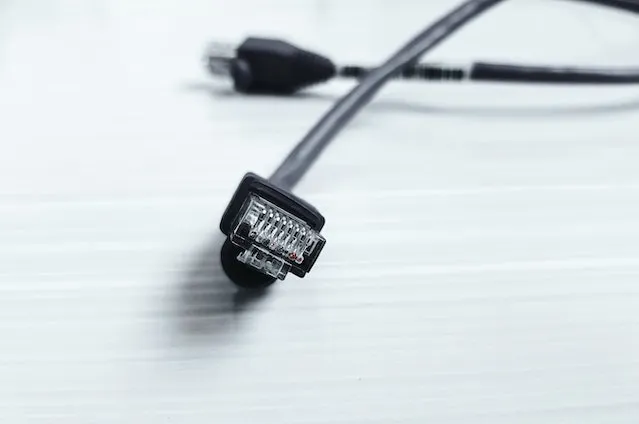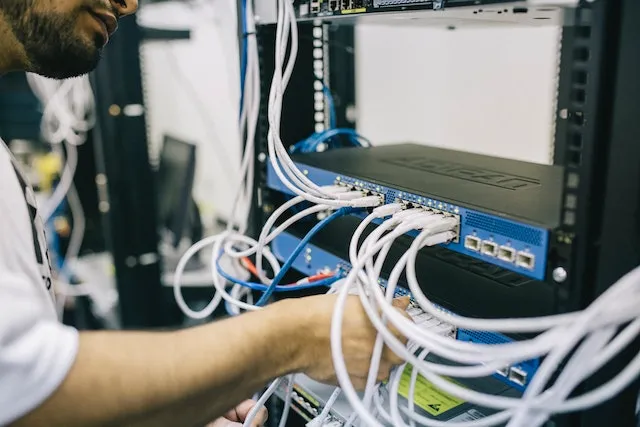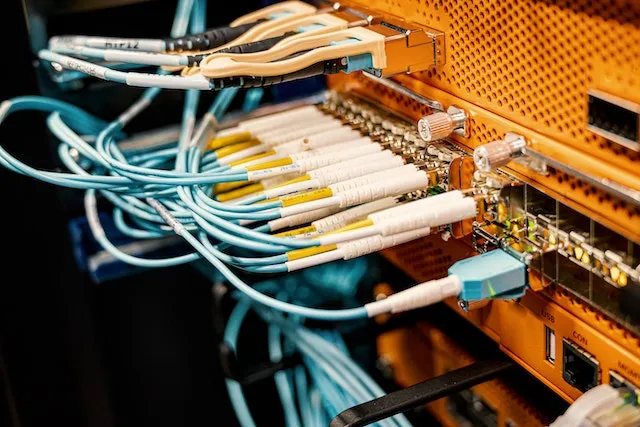What is a Hub: Definition, Types, and How They Work
Computer network is a telecommunications equipment technology that makes two computers even more connected to each other. To create a computer network, you need a device called a Hub. Then what is a Hub in a computer network topology?
In networked computer technology, several computers will interact and connect with each other. This then allows the exchange of data between devices so that the data transmission process can be carried out more safely and effectively.
Computers use a variety of ways to exchange data. First use an external hard drive, flash, CD and others. However, this portable media has limited storage space. To overcome this, companies generally use the Hub to carry out the data exchange process.
Table of Contents
- What is a hub on a computer network?
- How Network Hubs Work
- Types of Network Hubs
- Difference between Hub and Switch
- Conclusion
What is a hub on a computer network?

Maybe many of you are still wondering about what a Hub is. Especially for those of you who are not from the IT world, you will be increasingly unfamiliar with the term Hub. Therefore, in this section, we will first discuss the definition of what a Hub is.
In short, the Hub is a tool that is able to make connections between computers making it easier for data exchange to be carried out. In general, a Hub or also known as a network hub is in the form of a black box with many ethernet ports. This port is used to connect computers to form a network.
Read: 13 Examples of Computer Hardware and Their Functions
Hub itself is not just a device that can be used to form a network on a computer only. All types of devices that need to be connected to a computer can take advantage of this tool. Therefore, the hub has many ethernet ports so that it can form more than one network.
The port will later be connected to the LAN network and facilitate communication between computers. With the hub, performance in an office becomes more practical. Each hub has a different number of ports ranging from 4 to 25. This number of ports is an advantage of the hub.
Although it offers a number of advantages, the use of the Hub is also inseparable from its weaknesses. The longer the cable used in the Hub, the slower the data transfer speed.
Hub is a tool that has been invented since 1980 by Robert Metcalfe. Hubs are used on workstation computers as well as cable modems. In general, there are two types of hubs, namely active and passive.
How Network Hubs Work

After knowing what a Hub is, maybe many of you are also wondering about how it works. For your information, here is an overview of how the Hub works that you need to know.
Hub will connect many computers by utilizing ports. The hub is not able to detect the purpose of sending data, so all data will be sent to all computers.
Because data is sent directly to all computers, this is what affects the level of efficiency. Network bandwidth that is used eventually increases and that makes the process slow.
Read: What is Hardware? Definition, Functions, and Types
If you want to connect only two computers, the hub does not need to be used. For this case, only a UTP cable is needed. However, if there are 10 or more computer units, it will require a Hub for the data disbursement process.
Data will be sent from one computer to 9 other computers, even if the data sent is only accessed by one computer. If more and more computers are used, it even reaches 32 and is added with an RJ connector to a total of 42 ports, the slower it will be.
If the data sent is also in large size, generally the data transfer process will become slower. So that the data transfer process must be carried out carefully and effectively so that it can run as it should.
Types of Network Hubs

In general, the function of the Hub Network is to make devices connected to each other so as to facilitate the exchange of information. So that every connected device will be able to exchange and transmit data more easily.
Read: What is a Gateway and its Function on a Computer Network
In general, the Hub itself can be divided into several different types. For information, here are some types of Hubs that you need to know.
Passive Hub
One of the first types of Hubs you need to know about is the Passive Hub. The type of hub that has the ability to receive fiber sends data between devices that are all connected to the hub.
Active Hub
The next Hub tip is Active Hub. In short, Active Hub is a type of hub that has the ability to receive data while strengthening its security. The security is done before the process of sending to other devices.
Intelligent hub
Intelligent Hub is a type of hub that has advanced additional functions. This type of hub has the ability to manage and check the flow of data movement. Sophisticated technology makes this Hub often used as an additional device on a computer network.
Difference between Hub and Switch

In general, Hubs and Switches have the same function, namely to transfer data. However, the two have significant differences.
Read: What is a Switch: Definition, Type, and How it Works
After knowing the explanation of what a Hub is, you also need to know the difference between a Hub and a Switch. Here are some indicators that differentiate between the Hub and the Switch.
1. Based on how it works
One of the most striking differences between the Hub and the Switch is based on how they work. The way the Hub works is to transfer data directly to all computer units. Especially computers that have been netted in the hub port.
While on the Switch, the way it works is to receive and send it specifically to certain computer units. Namely on a computer that is listed in the MAC address.
2. Data Delivery Speed
The difference between the Hub and the next Switch is based on the speed of data transmission. Hub is a device that has a data transfer rate of up to 100Mbps. This level is maximum but can slow down if too many computer units are installed.
Meanwhile, switches that have a special purpose have a higher speed of 100Mbps to 1Gbps. Switches can be faster because there are not too many addresses to send, only to where the data will be used.
3. Based on Security System
Hubs and Switches also have differences based on their security system. Hub has no security because the transfer process will be done directly. While the switch security system is better.
4. OSI Layer
Open System Interconnection is a technology that connects computer networks in the form of conceptual and standard definitions of connections. There are several types of OSI used and different from these two tools.
The hub uses OSI layer 1 and its capability is to send from receiver to receiver. While the switch utilizes the second layer of OSI which can be used for MAC (Media Access Control) and LLC (Layer Logic Link Control).
5. Price of Hubs and Switches
The next difference between Hub and Switch is based on the price. The two devices have a slightly significant price difference. In general, Switches are $10 more expensive on average than Hubs. However, the price is also adjusted to the availability of the number of ports and the speed they have.
Conclusion
In computer network technology, Hub has a very important function and role. Because these components will play a role in the data transfer process on each computer device.
In general, there are three types of Hubs in a network computer topology, namely Passive Hub, Active Hub, and Intelligent Hub. Each type of Hub has a different function and role in the data distribution process.
That’s a complete discussion of what a Hub is that you need to know. After reading the explanation about the Hub, hopefully you can have a more complete understanding of the Hub and also its function on the network.
